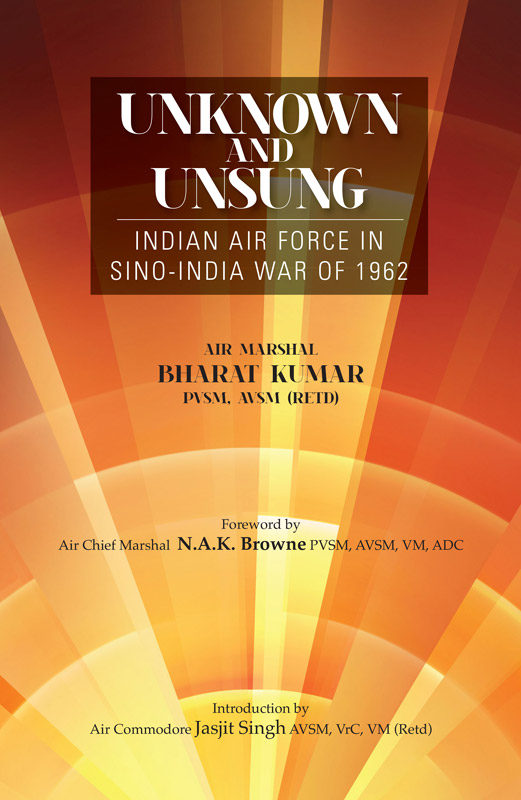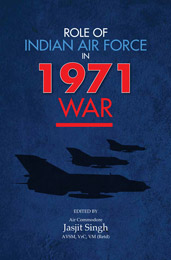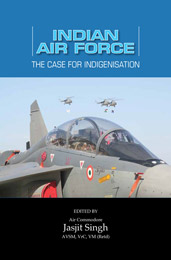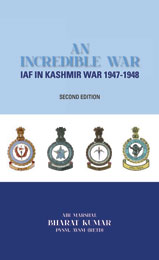Subjects
Unknown and Unsung: Indian Air Force in Sino-India War of 1962
Bharat Kumar
One of the many neglected chapters in the Indian military history is the role played by the Indian Air Force in the Sino-Indian War of 1962. The only document on the subject is a 25-page chapter in the unpublished Official History, which fails to do justice the vital and remarkable role played by the IAF in some of the most hostile operating conditions found anywhere in the world. This work attempts to fills this vital gap.
Indian Air Force had been involved in buildup in Ladakh and N.E.F.A. right from the time the first of many posts was set up in 1950. Thereafter, it was its responsibility to support and sustain the posts set up in both the sectors as well as various patrols that were sent forward to show the Indian flag. The IAF was also involved in Army’s build-up. This was one continuous operation for the IAF day in day out – the only break that aircrew could get was due to bad weather.
The main test for the IAF came when the Indians and the Chinese came to face-to-face at Thagla ridge and the Chinese invasion commencing soon thereafter. The demand for airlift increased manifold suddenly with an
urgency associated with forces that have been caught unprepared. The IAF met the challenge, the ground crews working round the clock and the aircrews flying in conditions that are difficult to imagine. There is no other instance in the aviation history wherein any Air Force has been able to increase its effort almost ten times – the IAF’s resources were already stretched even before September 62. Each and every Army’s demand was met without any murmur and there is not a single adversity that can be attributed to the inability of the IAF to deliver. What is not surprising is that the credit that is due to the IAF for its efforts has eluded it so far because no attention has been paid to the role played by the IAF in this War.
The story would have been altogether different if the combat elements of the IAF had been utilized – the reasons for the same still remain shrouded in mystery. Another chapter in the IAF history about very little is known is its efforts to modernize post 1962. This work attempts to unravel these mysteries as well as describes the valiant efforts of the air warriors of the IAF.


 Political Science
Political Science



